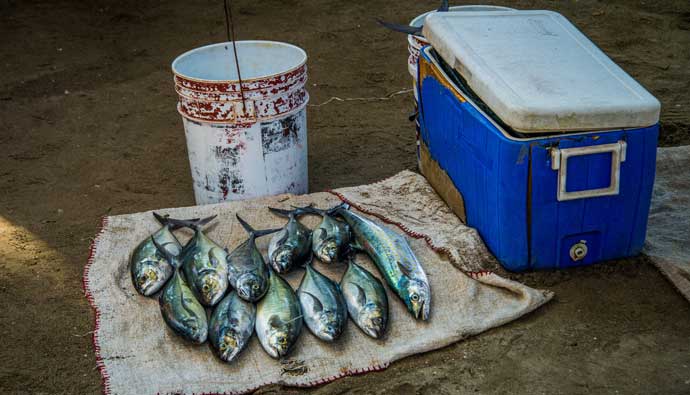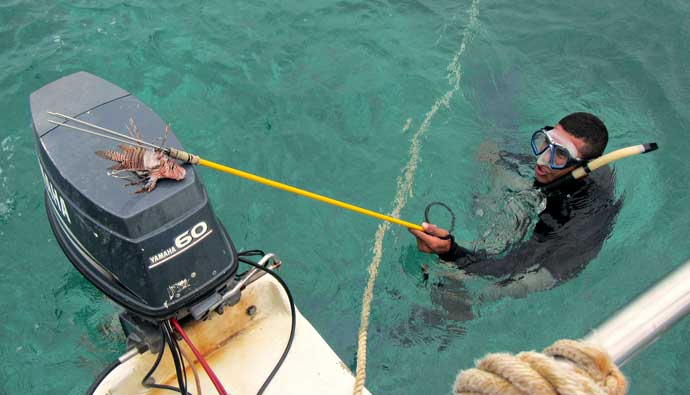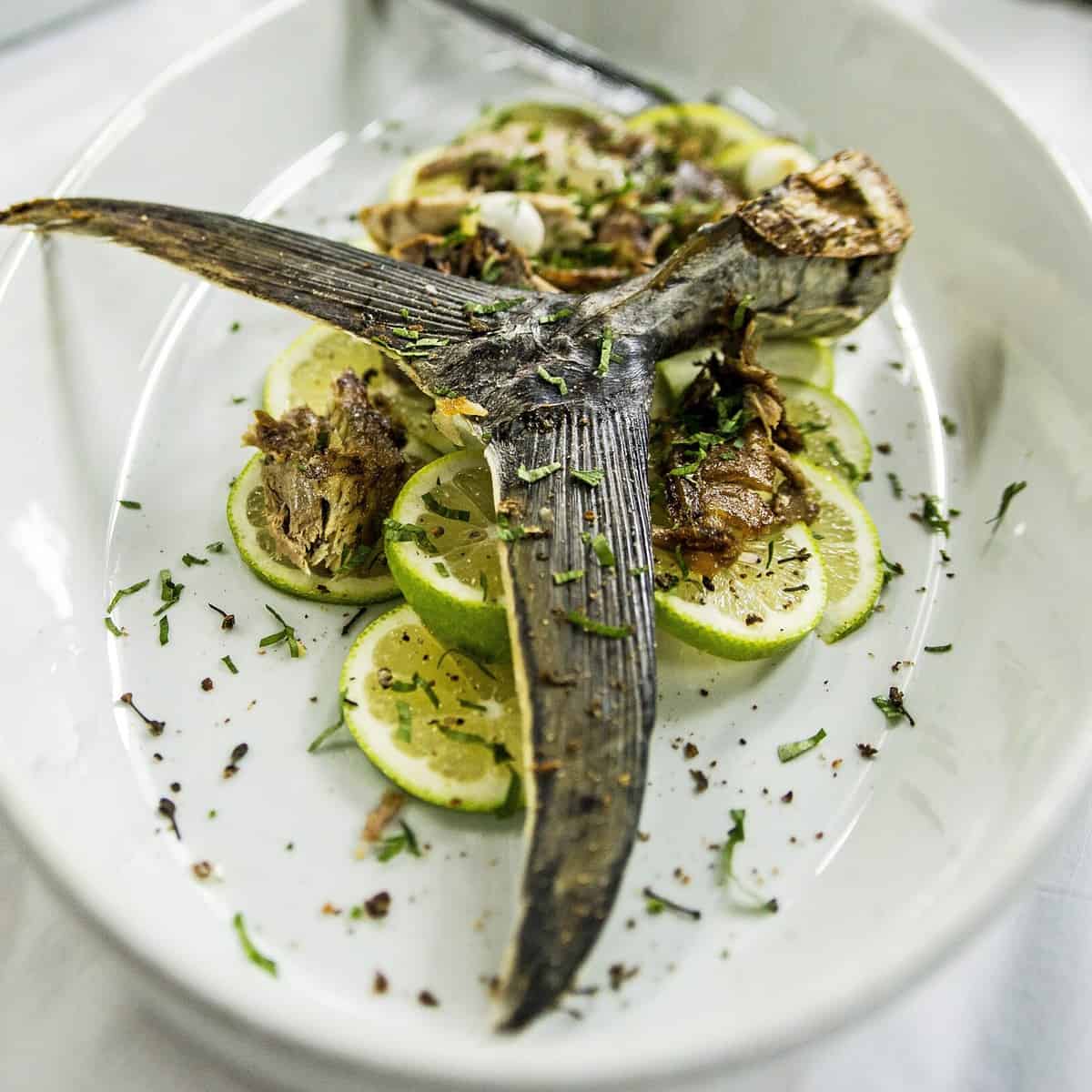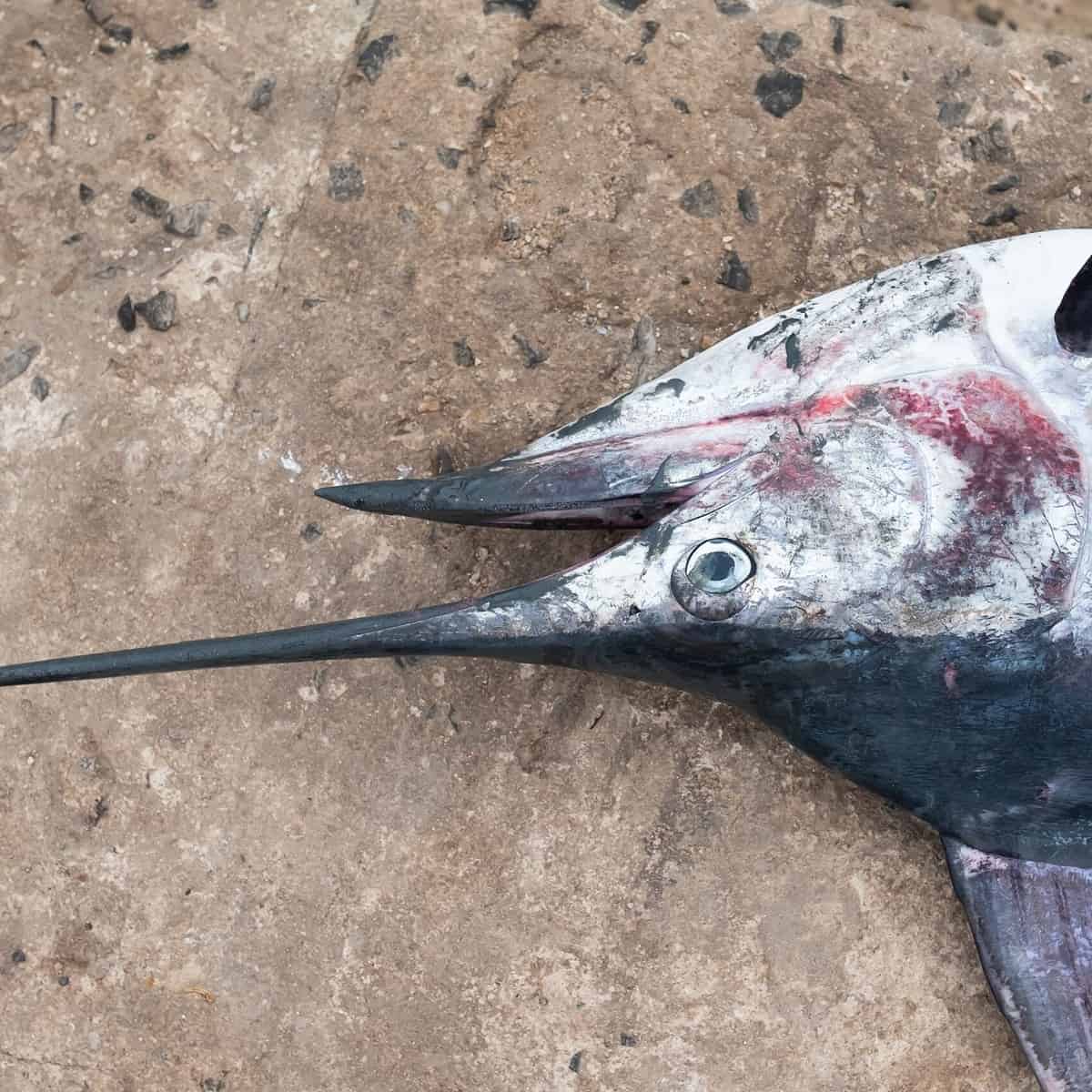Are you curious about how to make fish taste better? It’s one thing to know how to catch a fish, yet entirely different to know how to make it taste restaurant quality. In this guide, I share what I’ve figured out after years of trial and error in the kitchen.
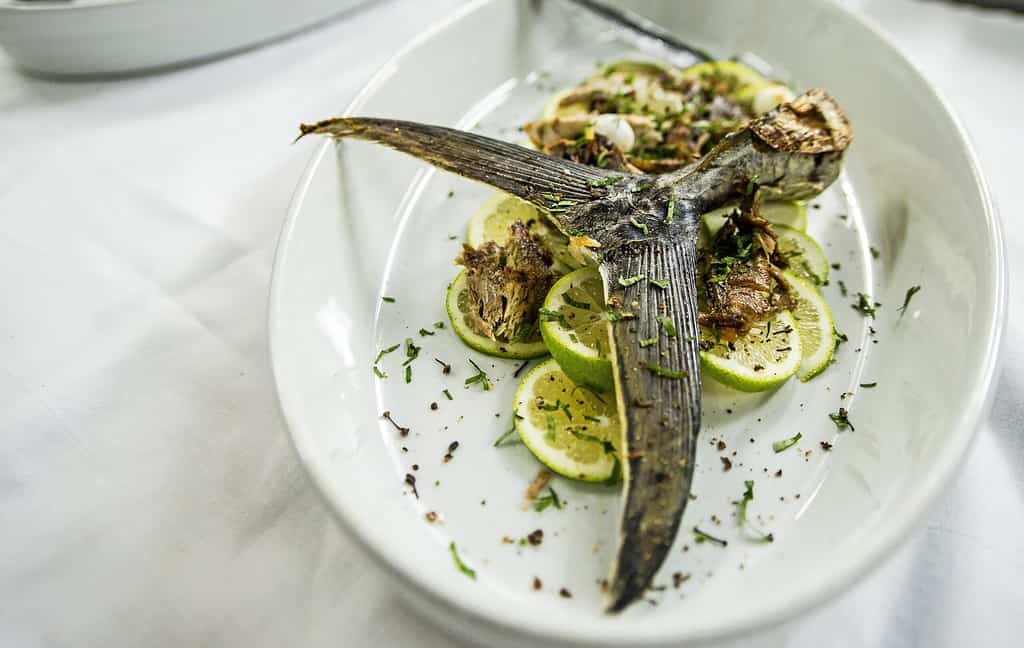
Having access to wild food is a privilege as much as a right. Most of the population has subpar farm-raised or expensive exotic fish for their dishes. If you’re fortunate enough to spend your time and money hunting fish, why not turn it into something special?
Unfortunately, it’s one thing to be proficient at hunting. It’s another to feel confident in the kitchen.
If you can spear a fish, you can make a delicious dish.
Here are the culinary myths I frequently hear from new spearos:
- I’m not a cook
- I’m afraid I’ll mess it up
- Nothing beats fried fish
- I don’t have time to learn how to cook
You don’t need culinary school to turn your catches into high-quality meals.
I’m going to share with you a few basics that will immediately improve your seafood game:
Step 1: The moment you shoot the fish, you’re now in chef mode.
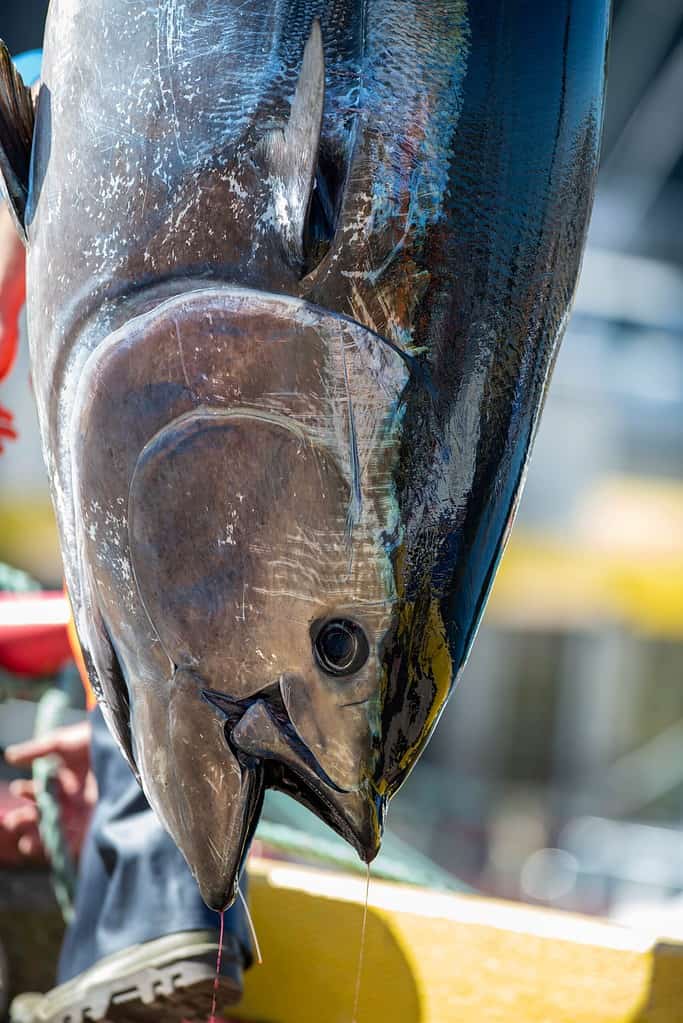
Your fish’s quality depends on how you care for it after shooting.
Bare minimum, you should brain the fish first to reduce stress on the meat. Next, cut to the gills to bleed the fish in the water (if sharks aren’t around). But don’t we want the heart to pump the blood out so we should bleed before braining? No. The heart will still pump even after braining. I pulled the heart out of my fish before, and it was still beating for minutes.
Here’s a secret: add the shinkeijime process to your repertoire for great-tasting fish. You’ve likely heard of ikejime. That’s when you brain the fish with your knife or spike. But shinkeijime is when you run a wire from the tail or through the skill down the spinal column. This destroys the nerves, stopping the firing and preventing the meat’s degradation.
Does this process make a difference? Yes. Chefs at top restaurants pay a premium for ikejime/shinkeijime fish.
Full disclosure, a year ago I decided to bring the best-selling ikejime kits from Japan and have been selling them in the states. Thousands of people have been buying and perfecting their ikejime skills since. I’ve even had a commercial halibut fisherman tell me he’s getting an extra $1/lb for his ikejime fish.
The cool thing is that you don’t have to be a commercial fisherman to do this. It’s easy to learn and will turn your fish into a restaurant-quality product.
Don’t forget to put the fish in an ice slurry after killing it. I like to mix ice and saltwater in a cooler and keep the fish fully submerged. You can leave the guts in or take them out. I like to recycle the fish back to the system as much as possible, so I’ll gut and gill the fish and throw those parts back in the water before putting them in the slurry.
Step 2: Fresh is boring – let it rest.
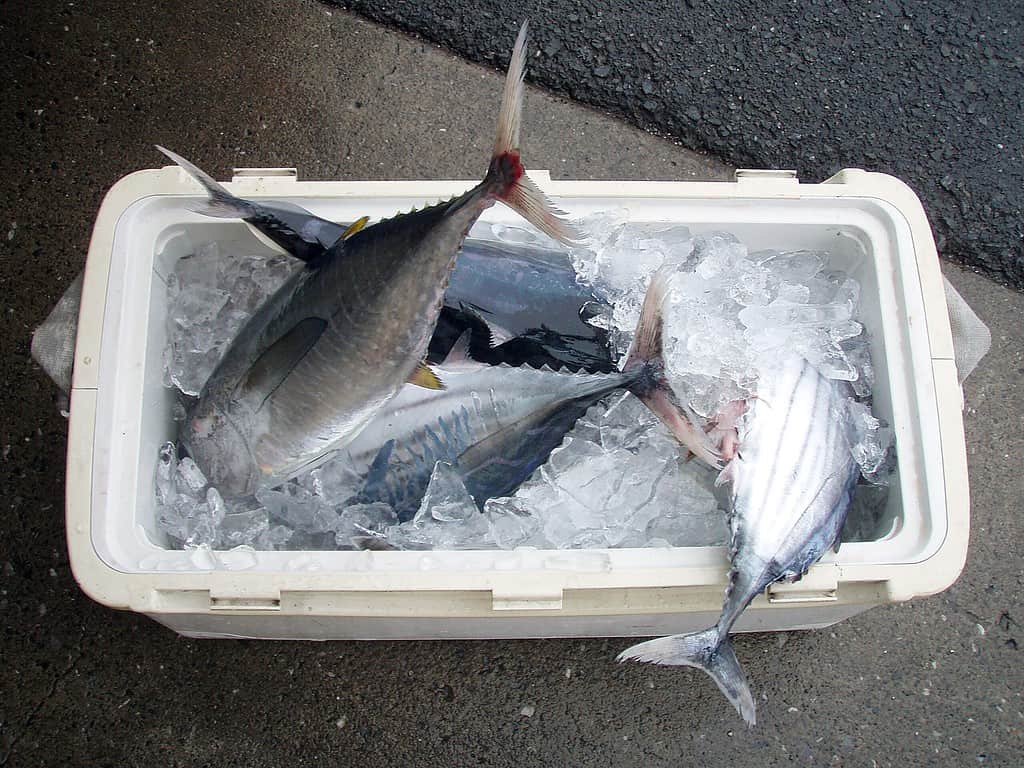
People think that fresh fish is the best-tasting fish.
That’s a lie. Most of the time, you want to let the fish rest before using it. That means leaving it in your ice slurry for days. @cutprofessor turned me on this when he told me it’s not uncommon for him to leave his fish in the slurry for 3-4 days.
I was skeptical at first but decided to give it a try nonetheless. Turns out, never doubt the professor. The fish ran through rigor mortis and came out relaxed. No more using all your might to bend the C-shaped rock of a fish down flat to fillet. Fish meat is delicate. Squishing it down wrecks the cell structure and produces a worse product.
This should be a joyous finding. I can’t tell you how often I come back from an extended outing on the water, and the last thing I have energy for is filleting my catch. I now leave the cooler out of the sun and get to it in a few days. I throw in more ice if it’s melting too much.
Now instead of filleting hard fish, give them time to breathe.
Step 3: Easy yet fancy.
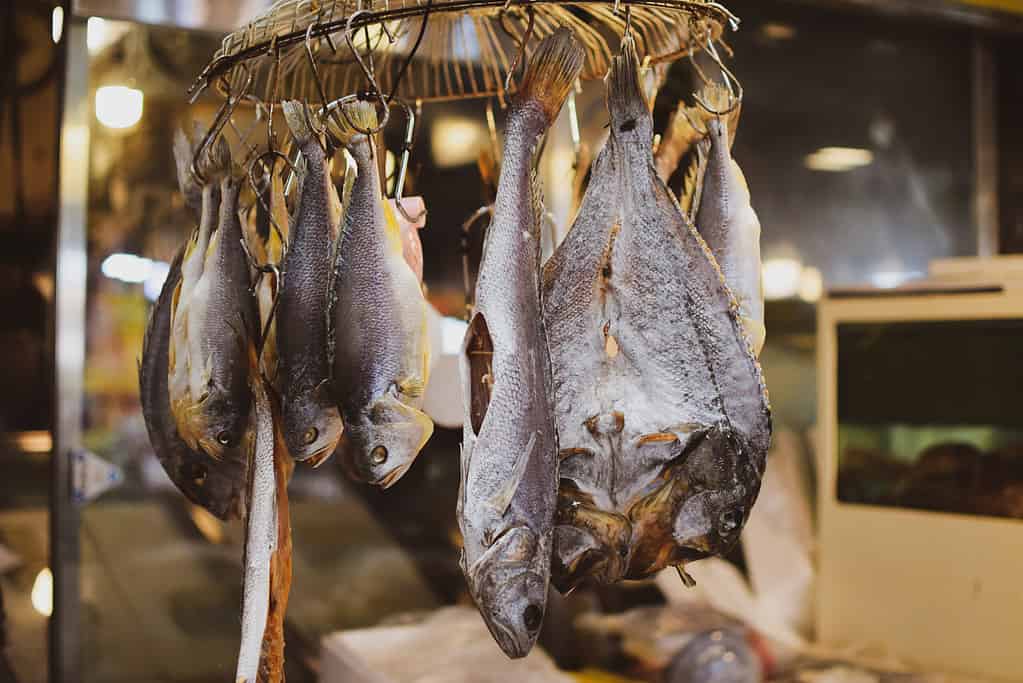
You should look into dry aging to impress your friends and wow your neighbors.
Think about the most admirable cuts of meats (excluding wagyu). A lot of times, they are dry-aged steaks. Why is this? The drying process removes moisture and changes the texture of the meat while concentrating the flavor. You can do this with fish!
But won’t it be smelly or grow nasty bacteria or mold? No, as long as you do it right.
In his book The Whole Fish, Josh Niland shares his method for dry aging fish. His secret is keeping freshwater away from the meat. Fresh water will damage the cell walls and harbor nasty stuff. Instead, use seawater or salt water to rinse your fish.
The less water you use, the better. You’ll need to use a lot of paper towels to dry the outside and body cavity of the fish. Moisture is not your friend.
How To Dry Age Fish At Home
- After my fish has been resting for a few days, I take it out and dry off the outside with paper towels.
- Usually, the gut cavity is open, so I’ll dry it with paper towels and remove any leftover blood—the cleaner the gut cavity, the less chance for issues. Also, make sure not to rip the guts to expose the flesh. Our goal is not to expose the meat to the air as much as possible.
- Here’s where it gets a bit fancy. Take a sharp knife and cut the scales off each side of the fish while leaving the skin. The skin will protect the meat from the air while also turning into a delicious crust if you plan to fry one side. Fish chicharrones, anyone?
- I grab a cookie sheet with a cooling wire mess rack and place the fish on one side. I’ll pack the cavity with paper towels to soak up any liquid (replace it daily). I’ll also flip the fish every once in a while. Another option is hanging the fish by the tail and using the tray to catch any drippings. My buddy has a commercial fridge we use for monster white sea bass, so if you have the space, consider making your dry-aged refrigerator at home.
The fish’s size will determine how long to dry age. Big tuna go for up to a month, whereas smaller fish go for a few days to a week.
Smell it before eating. It shouldn’t smell like anything. If it’s super funky, then bacteria got to it, and it’s best to throw it in the garden.
Step 4: Controlled creativity.
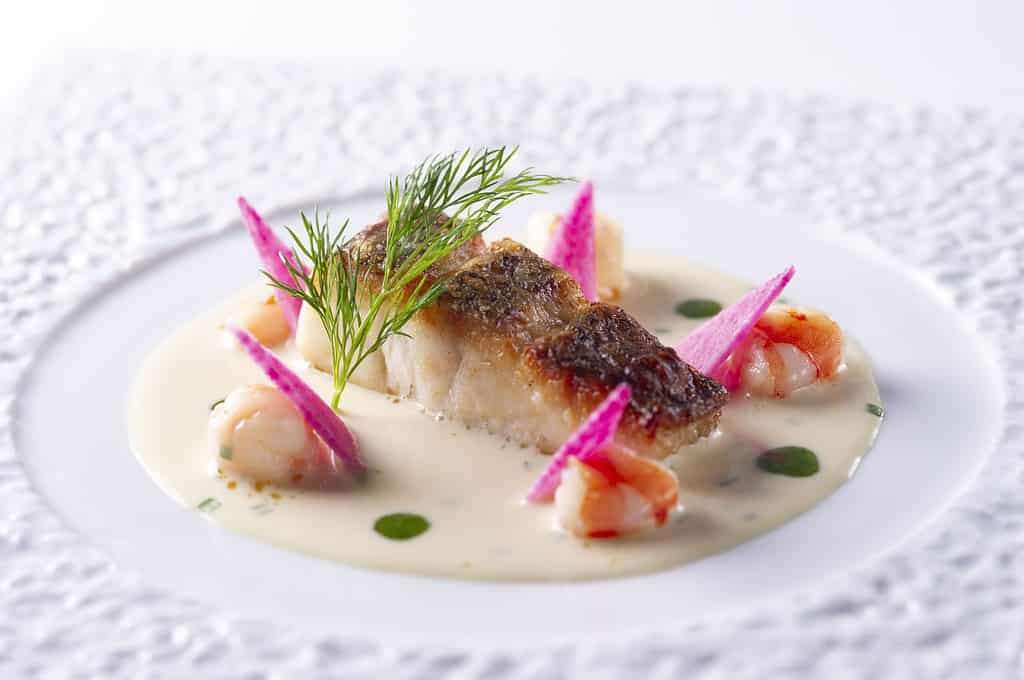
Here’s where you can level up your skills to be in the top 1% of seafood lovers.
I call it Controlled Creativity because by setting boundary conditions, you can start to explore the true flavors of the fish.
For example, start with the basic taste – simple raw fish (sashimi). Cut a piece of your fish and give it a taste. Is it sweet? Taste like rubber? Old shoe? Take some notes. Every fish is unique. Want to spice it up? Hit it with a blow torch so it’s seared on one side. Different flavor!
NOTE: Cleanliness of your cutting surfaces and knives is a must. Visit the FDA website for tips on how to keep your tools sanitary. Also, note that some fish have parasites. Learn how to look for them and, when in doubt, throw them out or cook it up.
Next, start introducing variables. How does it taste with soy sauce? Sriracha? Start experimenting with flavors until you find something that works for you. If you know how to make sushi rice, try it in a hand roll, nigiri, or sushi burrito.
After I understand how the fish tastes raw, I’ll try it in a ceviche. If it tastes good, I know I have a party dish that lots of people like with chips and salsa.
Next, I like to venture into the cooking side of things. How does it taste fried in a pan? How about coated in breading and deep-fried? Certain fish are better than others. For example, deep-fried mackerel is tasty but falls apart. However, raw is fantastic. Baking is also fun if you’re looking for a healthier style.
Last, I like to take my oily fish to the smoker. You’re missing out if you’ve never smoked dry-aged white sea bass or grouper from Baja. The oil holds in the smokiness, and the flavor hits you square in the face: pure bliss and a fan favorite at parties.
I’m not a chef and will never feel confident in the kitchen. But instead of hindering my culinary pursuits, it’s liberating. I’m going to make mistakes, and that’s ok. I’m free to try everything to see what tastes good to me.
If I can do it, so can you. Let me know if you find something you like so I can try it too!




 Facebook
Facebook YouTube
YouTube